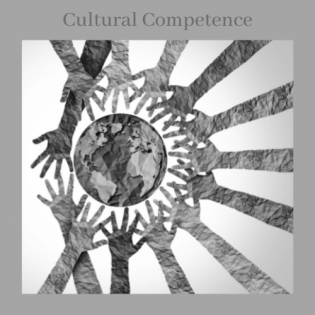Indigenous Heritage Appreciation
In this lesson we learn the history of the Indigenous people who lived in our specific area. We learn that language matters, and there is a respectful way to talk about the heritage of a person who was first to live in an area.
- Describe what the word indigenous means
- Understand changes in terminology from Indian to Native American to Indigenous
A device with internet access for each learner or pairs
In addition to the website provided, research using additional resources what tribe/nation's land your organization is on, as this information grows and changes. Local universities and Indigenous groups may have this information available.
Indigenous: the first people to live in a place
What aspects of Indigenous culture are present in our daily lives?
- "Our Home on Native Land." This map shows Indigenous lands. https://native-land.ca/
- “The Word Indigenous Explained” CBC Kids News. https://youtu.be/CISeEFTsgDA
- "Native American Traditional Lakota Music." YouTube. https://youtu.be/DcqSm9rRRe0.
Instructions
Anticipatory Set:
Play traditional Indigenous music as the session begins. A sample playlist is available in the bibliography above.Explain to the group that the music is a sample of traditional music in the Lakota culture, an Indigenous group in what is now the northern United States.
Show the video, “The Word Indigenous Explained.” See link in the bibliography above.
Draw a comparison here: Similar to when we learned about disabilities, the language we use matters. The video points out that whenever possible, we should refer to the specific tribe or nation an Indigenous person belongs to; but if we don’t know that information, we can use the term Indigenous.Teach the group that Indigenous people were previously referred to as “Indian” because Christopher Columbus believed that he had reached India when he landed in North America. This term is widely considered to be outdated.
Using the internet, research what Indigenous tribe or nation once occupied the land of your community. See the First Nations map in the bibliography above.
To take the lesson further, have the youth research that tribe and present to the whole group some facts they learned.
Giving back to the community: Some universities and other institutions commemorate the Indigenous history of their land with a plaque or other acknowledgement. Is there anything in your community that indicates which Indigenous peoples previously lived there? If not, create a marker (plaque, sign, etc) for your community based on your research!
